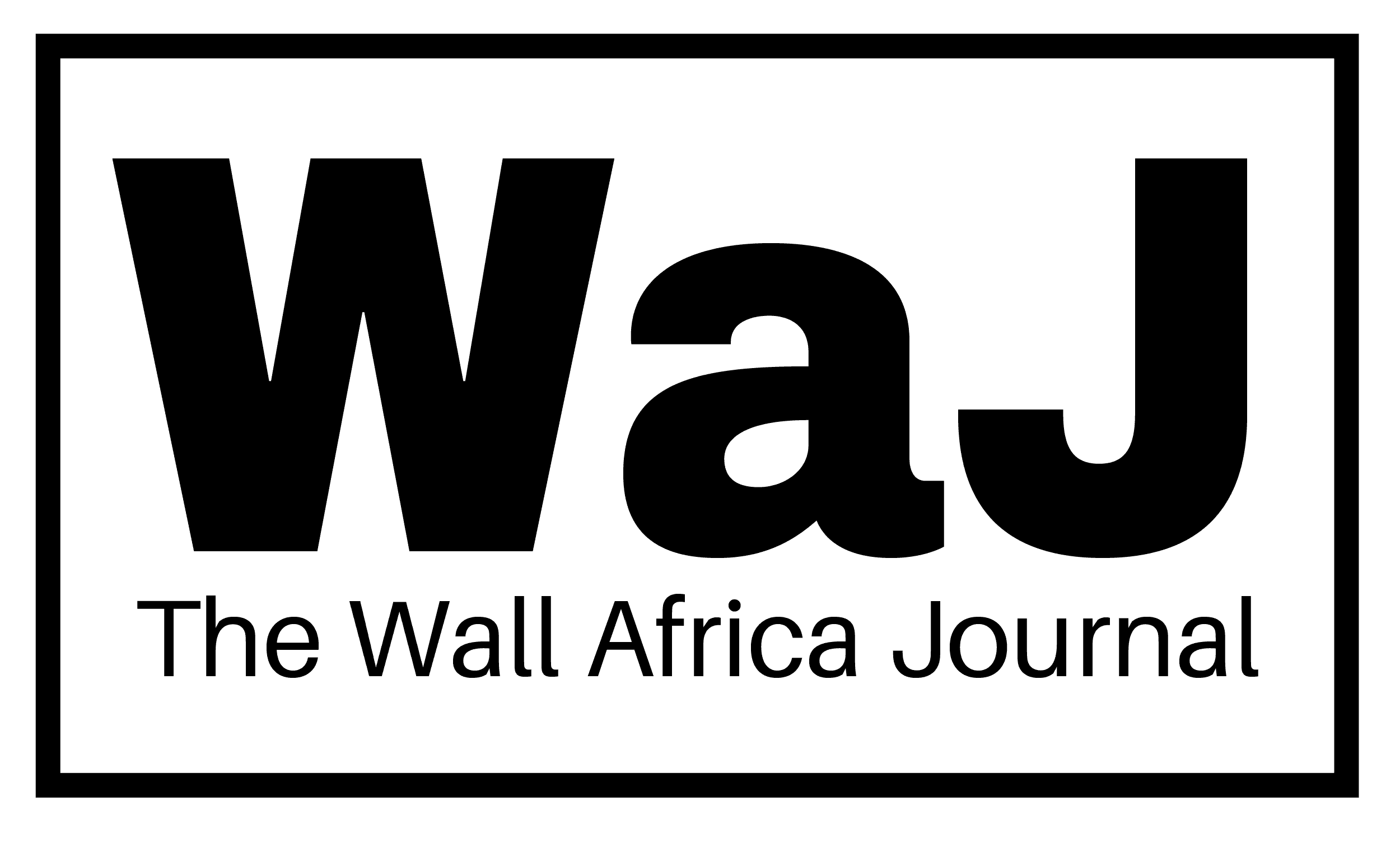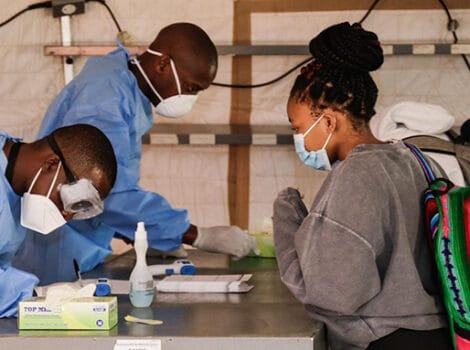Across the African continent, a quiet revolution is underway—one that seeks to redefine health security not through foreign aid, but through local investment and self-reliance. As global health financing tightens and donor priorities shift, African nations are stepping up to build their own pharmaceutical and medical infrastructure—turning vulnerability into opportunity.
A Wake-Up Call for Self-Reliance
Africa bears nearly a quarter of the world’s disease burden, yet still imports the vast majority of its medicines and medical inputs. More than 95% of active pharmaceutical ingredients (APIs) and around 70% of finished drugs are sourced from outside the continent, primarily China and India. With only about 600 pharmaceutical manufacturing sites across Africa—compared to India’s 10,000—this dependence leaves the region dangerously exposed to global supply-chain disruptions and political shifts in donor funding.
This fragility became especially clear during the COVID-19 pandemic. Now, with global health leaders calling for resilient systems, African countries are investing in regional solutions that go beyond crisis response.
Nigeria Leading a Continental Shift
Nigeria, Africa’s most populous country and a pharmaceutical powerhouse in West Africa, is taking center stage in this transition. Nearly 60% of the region’s drug production is based in Nigeria. Recent initiatives by the government include partnerships with global firms like Vestergaard to build Africa’s first manufacturing hub for dual-insecticide-treated bed nets—crucial for malaria prevention and regional health security.
The government has also committed to meeting 70% of its domestic demand for pharmaceuticals and medical devices through local production by 2030. Regulatory bodies like NAFDAC are tightening standards to ensure quality and build public trust in locally produced generics.
In Ogun State, Emzor Pharmaceuticals is building a $23 million API facility—one of the first of its kind in Nigeria. Once operational, this plant will reduce reliance on imported raw materials and strengthen Nigeria’s role as a regional supply anchor.
Investing Beyond Infrastructure
But infrastructure alone isn’t enough. African pharmaceutical firms currently operate below full capacity, often due to unpredictable demand. Experts warn that without consistent local procurement policies and supportive markets, even the best-equipped factories may fail to thrive.
To bridge this gap, African governments are being urged to prioritize regional procurement, while development partners are encouraged to support demand creation rather than relying on short-term aid. Local production only becomes sustainable when there is a stable, regionally rooted market.
Regional Manufacturing for Long-Term Health Security
Success stories are already emerging. In Senegal, the diagnostics facility diaTROPIX scaled up from 1 million to 75 million tests per year with support from international partners—starting with COVID-19 tests and now expanding into HIV and other diagnostics. Meanwhile, in East Africa, partnerships are enabling the local production of medical oxygen in Kenya and Tanzania, laying the foundation for faster crisis responses in the future.
These examples highlight the potential of integrated value chains—where African nations not only manufacture but also regulate, distribute, and procure health products within the region. But this will require solving persistent challenges, from high production costs and weak infrastructure to financing gaps and regulatory bottlenecks.
The Role of Communities and Civil Society
Civil society and faith-based organizations—often overlooked—are vital players in this transformation. As trusted community actors, they can accelerate adoption of locally made products, support last-mile delivery, and ensure transparency and accountability in how new systems are built.
Africa is not waiting for permission to lead its own health future—it already is. From Nigeria’s leadership to regional partnerships across East and West Africa, the continent is building a new foundation for sustainable health systems. But this momentum must be supported—not just with praise, but with aligned investment, coordinated policy, and a commitment to equity.
The path from dependence to resilience is neither easy nor short. But it is happening—and with the right collaboration, Africa’s health systems could become a model of independence, innovation, and regional solidarity.



